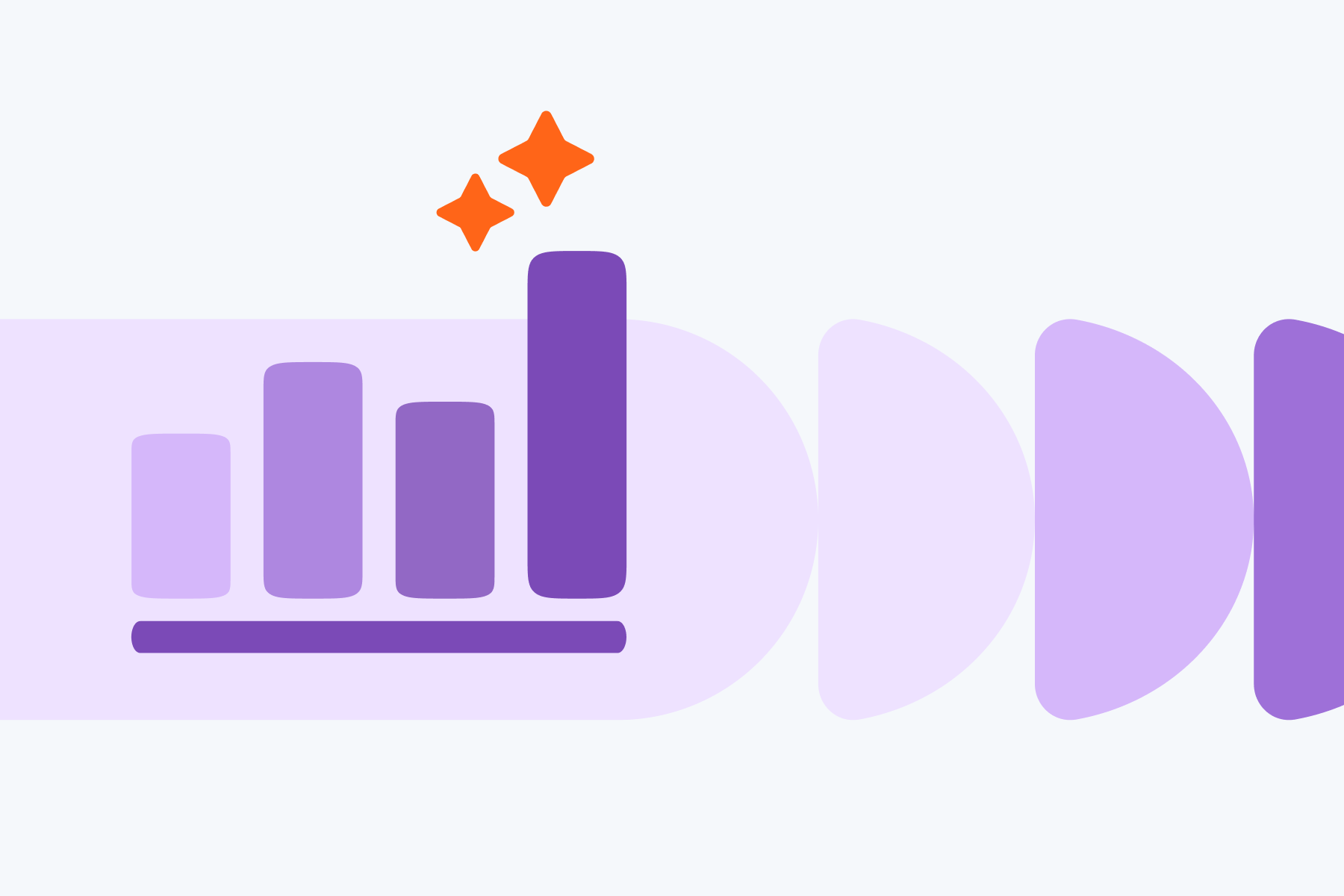PPC Competitor Analysis: Market Research Guide
Anastasiya Zholud
August 14, 2025
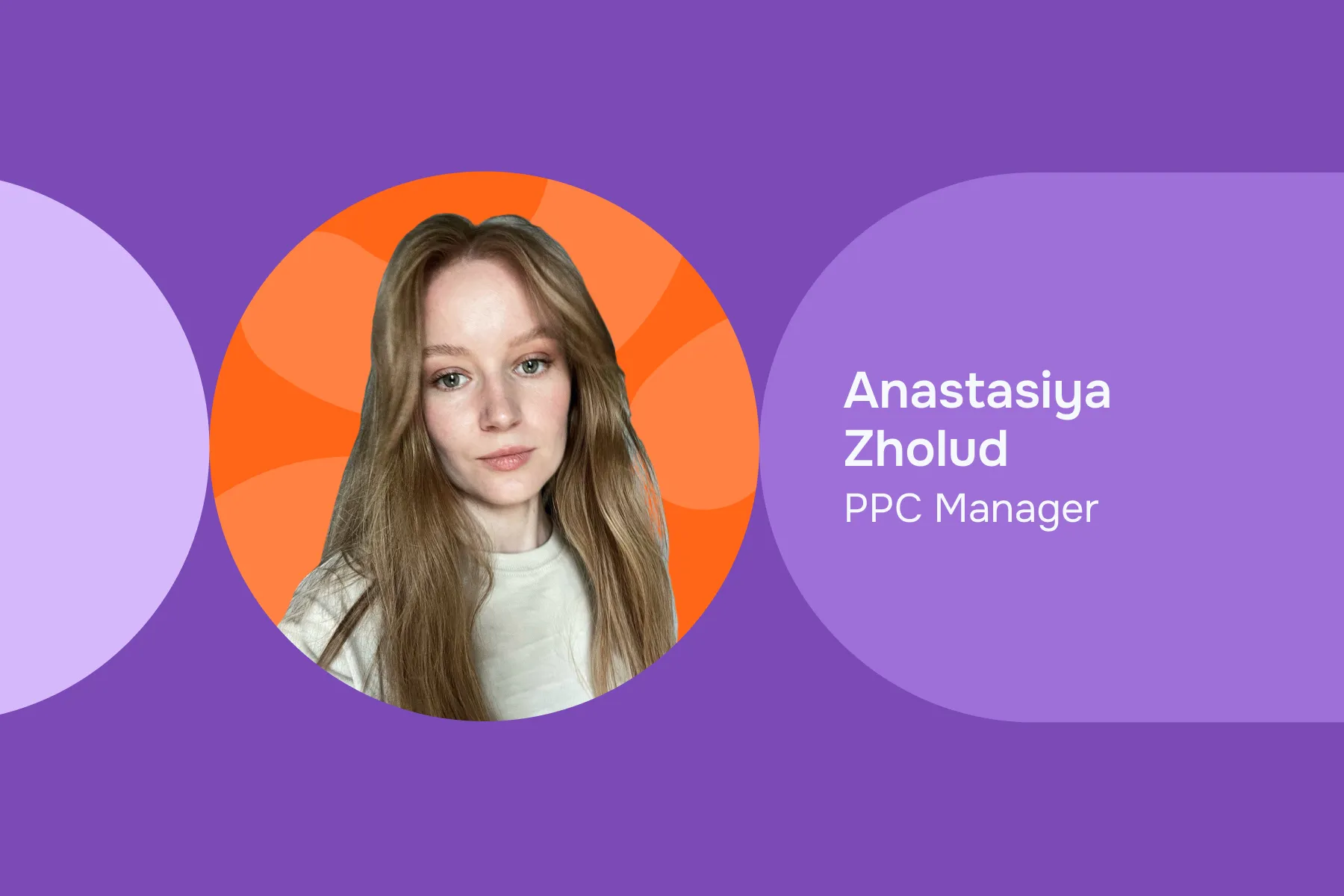
Thinking of running PPC without checking what your competitors are doing? Honestly, that’s not brave—it’s just risky. Especially in SaaS or B2B, where one lead can cost more than a weekend trip. Take Google Ads. According to WordStream, leads can run you $70+.
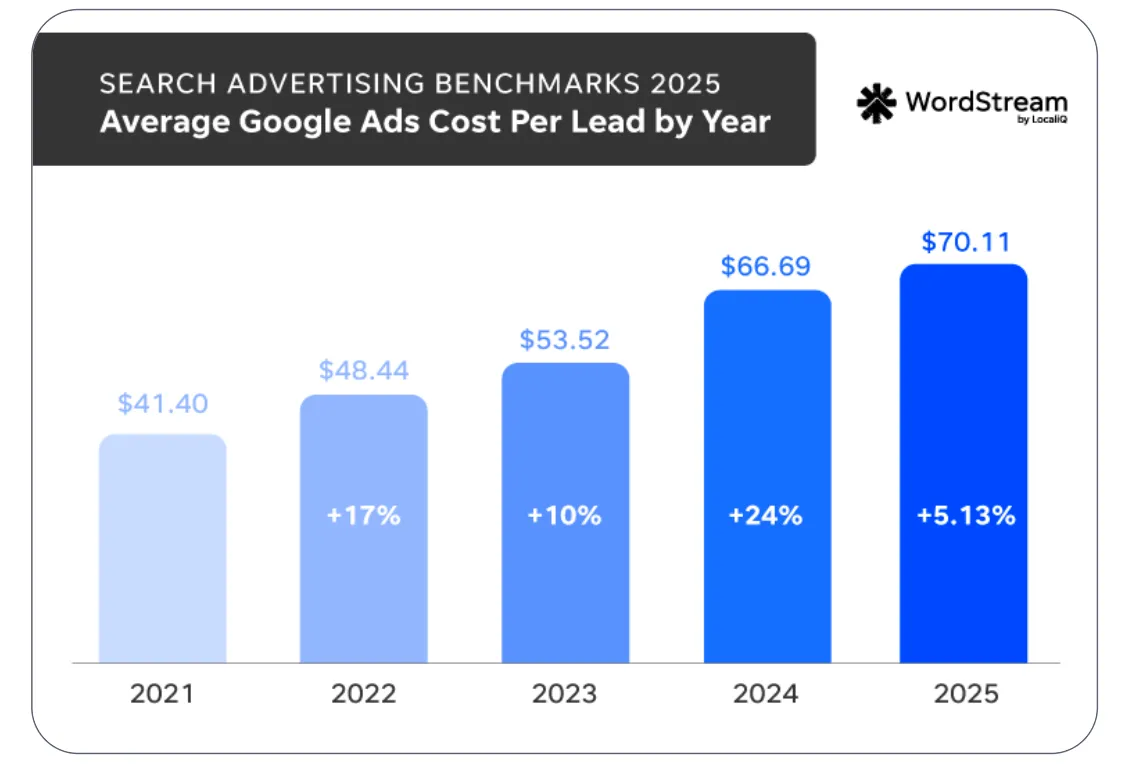
Across channels, CAC can easily hit $800. And if your landing page flops or your offer misses the mark? There goes your budget—quietly down the drain.
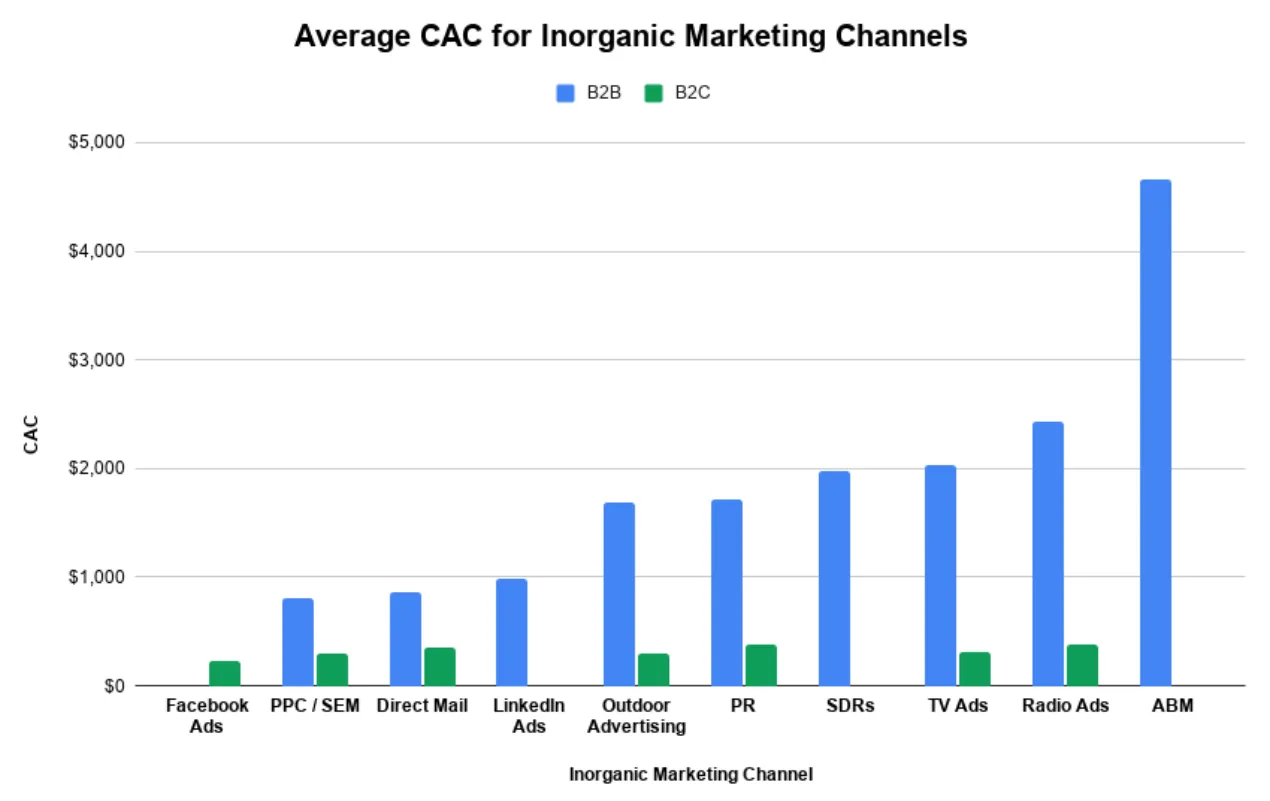
At Aimers, we’ve seen this play out again and again. We’ve run PPC for tons of SaaS and B2B brands. And if there’s one thing we’ve learned? Guesswork doesn’t cut it. We research before we spend a single dollar.
Here’s how we dive into the market before launching a campaign.
1. Start With Search—The Way Customers Do
Before touching any tools, we act like the customer. Literally.
We run searches your audience might use. We read the ads. We click. We study how others are pitching. We want to know:
- Who’s showing up at the top?
- What kind of promises are they making?
- Are the ads aggressive? Educational? Bare-bones?
We take note of what stands out—and what doesn’t.
We’re also looking beyond Google. Here’s where we check:
- Bing Ads – underrated, but useful if your audience skews older or US-based
- Facebook Ads Library – for creative ideas and common angles
- LinkedIn Ads Library – goldmine for B2B and role-specific targeting
- Quora and Reddit – where people talk honestly about tools and pain points.
From there, we start to see the patterns. Some spaces are overcrowded. Some offers feel tired. And in almost every market, there’s room to say something fresher.
2. Pull in the Professional Tools
Once we’ve got a feel for the space, that’s when tools come in. They help us confirm the trends and catch anything we missed.
Here are a few we rely on:
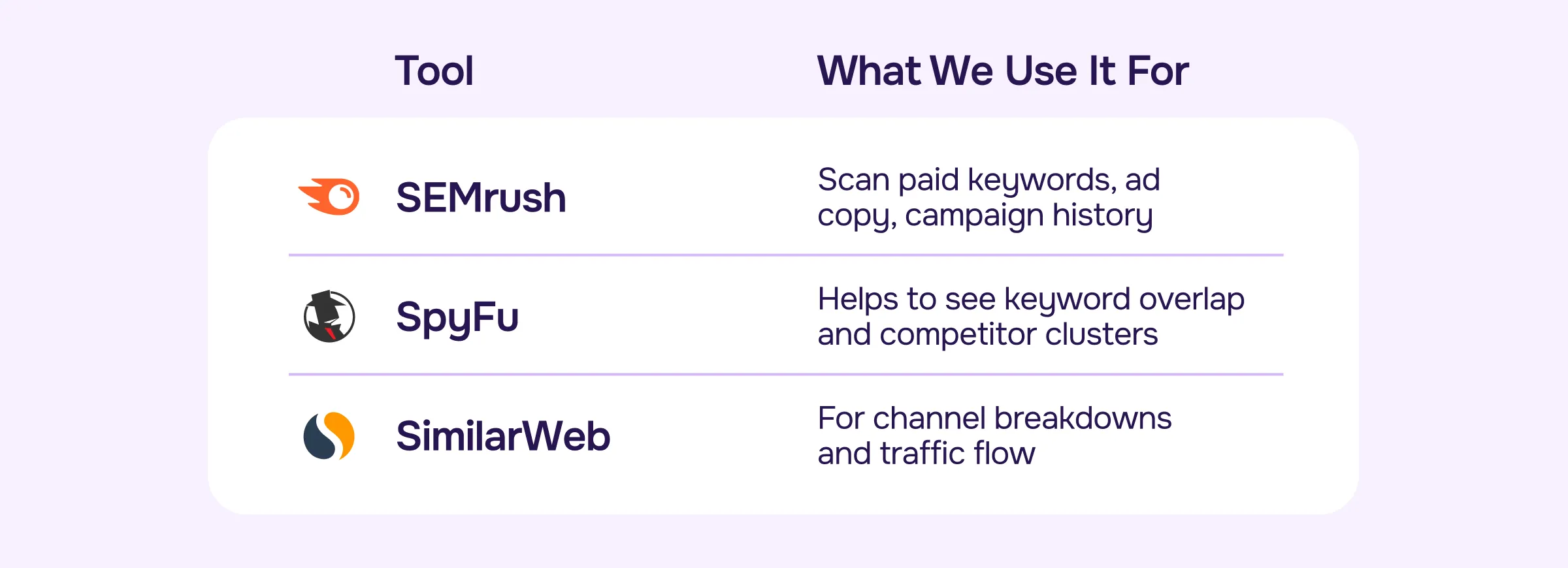
For example, one client’s competitor was blowing most of their budget on LinkedIn and Display. That told us they were playing for reach—not bottom-of-funnel leads. So we flipped the script: went all in on high-intent keywords and used LinkedIn for brand awareness only.
Insights like that change everything—from where the budget goes to how the ad opens.
3. Don’t Stop at the Click
Clicking an ad is just step one. What happens next matters more.
So we follow the trail. We click through competitor ads and dissect their landing pages.
We ask things like:
- Is the page speaking to a specific audience—or everyone?
- Is the structure clear and persuasive?
- Is the offer strong, or just filler?
- Do they follow up with retargeting or email?
You’d be surprised how many pages still look like they were built in 2018. That’s a missed opportunity—and a real liability.
We’ve learned this the hard way: even great ads won’t save a weak landing page. That’s why we often pair campaigns with new, high-converting pages built to match the traffic.
4. Check Product & Website Readiness
Sometimes, the problem isn’t the ads or even the page. It’s the product—or how it’s being positioned.
So we pause and assess:
Is the product solving something real?
Is there a clear value proposition, or is it just nice-to-have fluff?
Is the website helping or hurting?
Can we find the CTA fast? Does it feel modern and frictionless?
Is the offer strong enough to convert?
A “Book a demo” button isn’t a strategy if it’s the only thing on the page.
If something doesn’t feel solid, we stop and fix it. No sense pouring money into a leaky funnel.
5. Zoom Out to See the Bigger Picture
By this point, we’ve gathered a ton of details. But now we ask: how does this all fit together?
We look at how brands are positioning themselves. Who’s going premium? Who’s fighting on price? Who’s making big claims about support or speed?
This matters more than people think. Because when everyone says “easy to use” or “world-class support,” nobody stands out.
We dig until we find something different—and meaningful. That’s the angle we’ll build the campaign around.
6. Don’t Copy—Find a Smarter Angle
Finally, we use everything we’ve learned to sharpen our message.
We ask:
- What’s working for competitors—and can we do it better?
- Can we solve the same pain point in a more convincing way?
Can we back up claims with proof—not just fluff?
This isn’t about being “unique” just for the sake of it. It’s about being clear and direct in a space full of noise.
One of our favorite examples? We helped a B2C SaaS brand reposition an existing feature no one else had highlighted. It wasn’t revolutionary—but it was real. Conversions jumped 90% within weeks.
FAQ:
1. Do I really need to analyze competitors before launching ads?
Yes. Without it, you’re making expensive guesses. Even with a great product, if your messaging sounds like everyone else’s, you’ll get ignored. Research helps you stand out and avoid wasted spend.
2. Isn’t competitor research just copying others?
Not at all. It’s about understanding what’s already being said so you can say something smarter. The goal isn’t to imitate—it’s to position your offer more clearly and persuasively.
3. Can’t I just rely on tools like SEMrush or SpyFu?
They help, but they’re not enough. Tools show surface data (keywords, traffic, ad copy), but not the why behind performance. Real insight comes from manual research and interpreting intent, tone, and funnel strategy.
4. How often should I revisit this research?
Every 3–6 months—or sooner if performance drops or new competitors pop up. The market shifts fast, and staying updated keeps your campaigns sharp.
Final Thoughts
Launching ads without competitor research is like showing up to a sales pitch with no idea who else is in the room. The conversation’s already happening. You just need to know what’s been said—and how to say something smarter.
At Aimers, we treat research as step zero. Before we write a headline or suggest a bid strategy, we dig deep.
That’s what lets us launch with confidence—and gives our clients an edge from day one.
Curious what your competitors are doing right now?
We’ll show you—no strings attached.
Book a free strategy session. We’ll tell you what’s working, what’s not, and what to do next.










.png)

